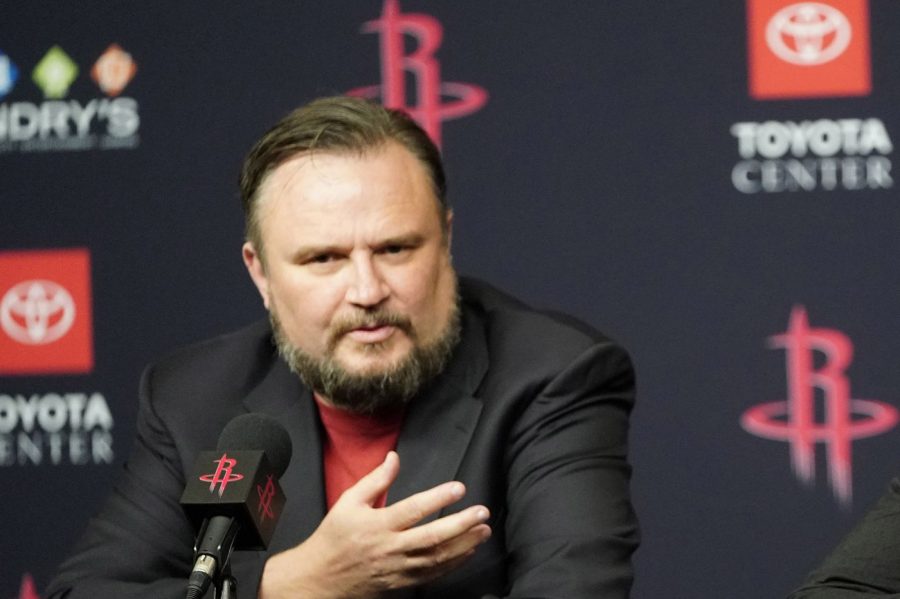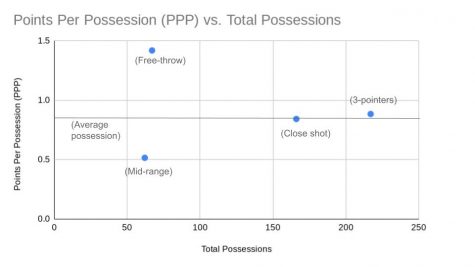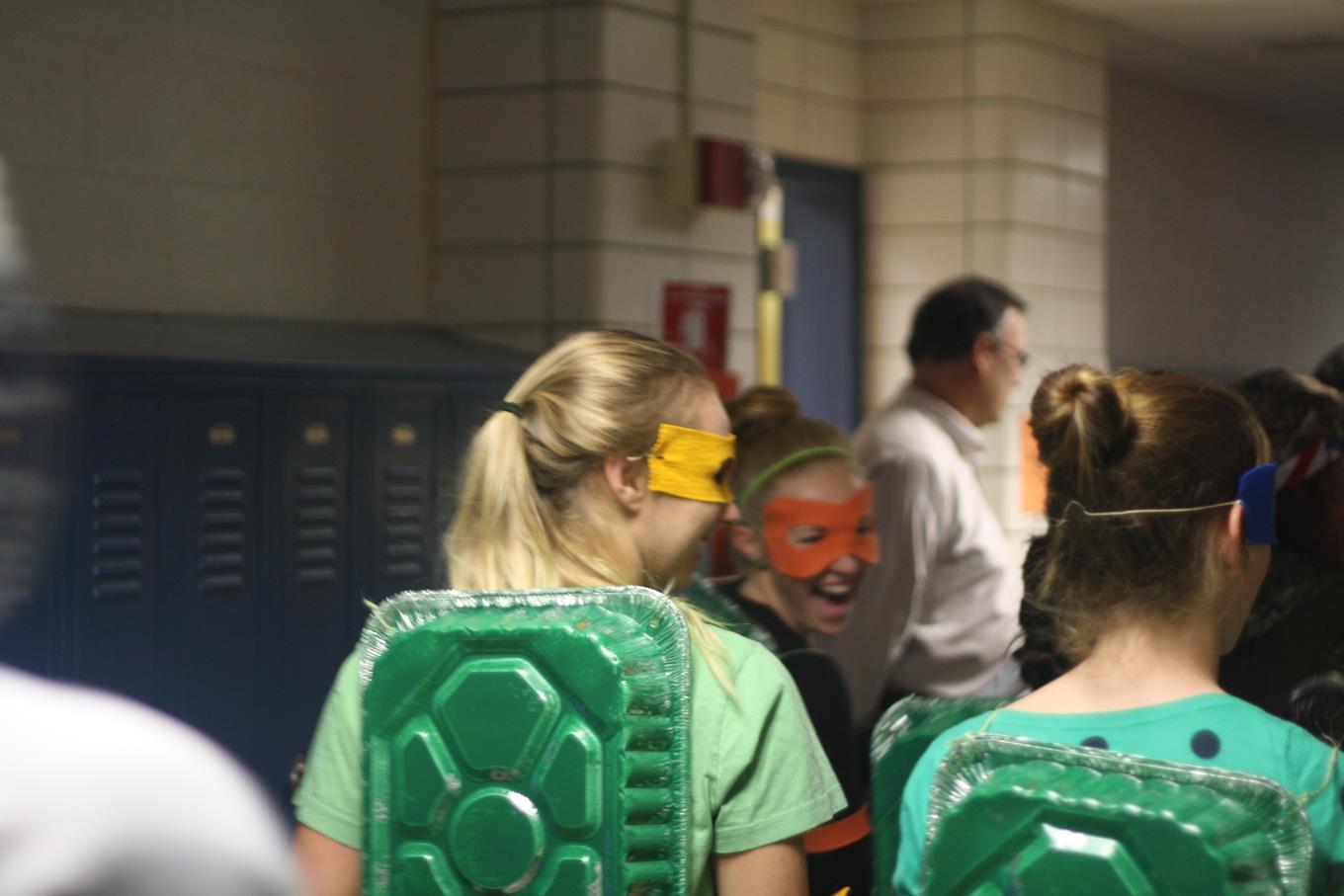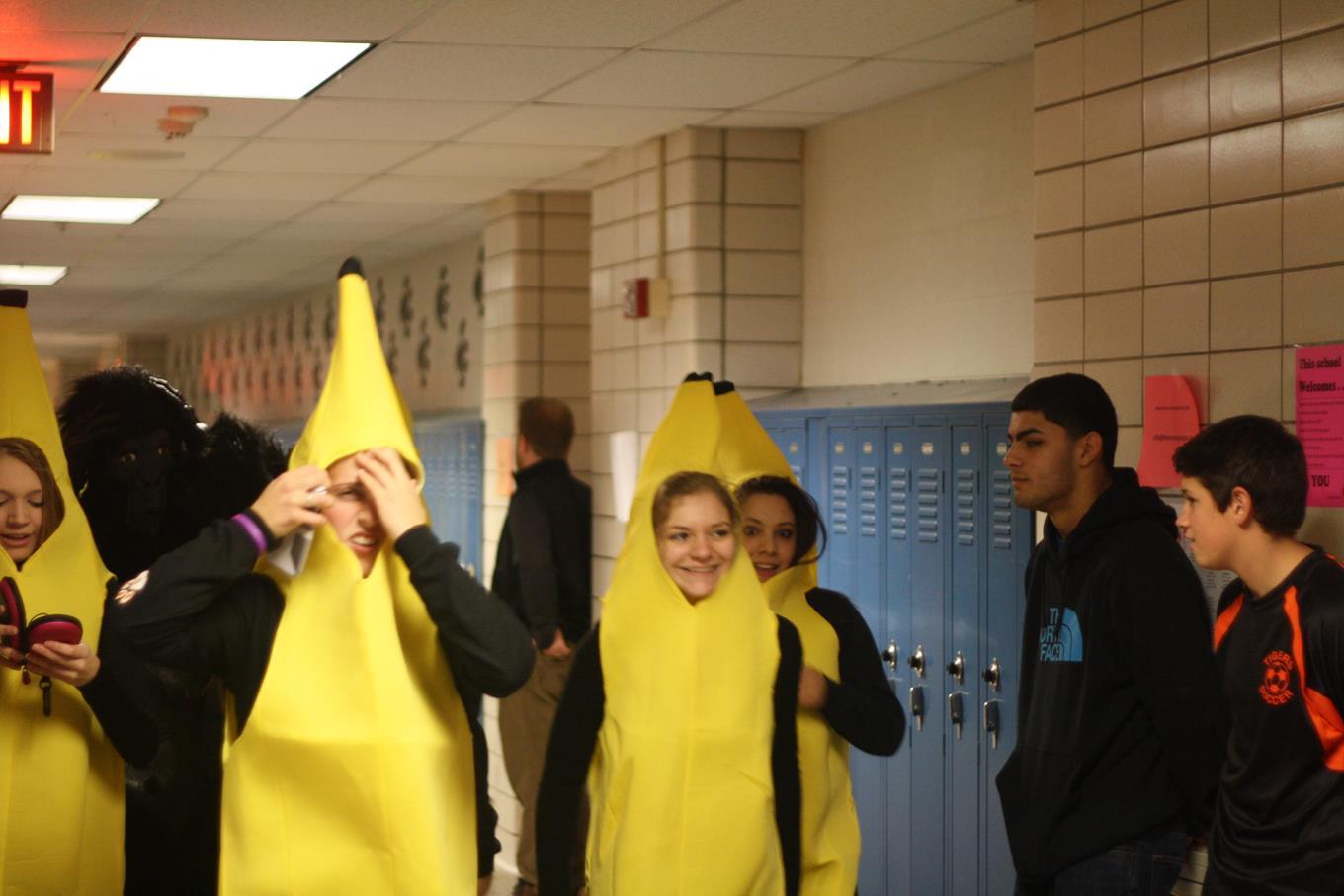Moreyball: The Numbers Behind the Numbers
February 24, 2021
Daryl Morey is an NBA General Manager (GM) currently of the Philadelphia 76ers and formerly of the Houston Rockets. While many would say Morey is a good or even great NBA GM, he is especially iconic for how he revolutionized the game of basketball as a whole, and some would even say he changed the game all the way down to the high school basketball level.
Morey’s philosophy of how the game should be played, often dubbed: “Moreyball”, is a system of basketball that eliminates the mid-range shot almost completely from his team’s offense, instead opting for the more efficient offensive options of attacking the rim, drawing fouls, and taking a whole lot of three-pointers. While this seemed a bit out of the ordinary when first conceived, it makes plenty of sense when given proper thought. A mid-range jump shot is worth as many points as a layup, and yet layups are much easier to make. So why wouldn’t teams want to eliminate the mid-range jump shot? From a numbers standpoint, mid-range shots are worth the same amount of points as close shots, they are more difficult to convert on than close shots, they are less likely to draw a foul on than close shots, and they don’t net as many points as the only slightly more difficult three-pointers. So Morey told his coaches and players to draw as many fouls and shoot as many three-pointers and layups as possible in order to maximize offensive efficiency, and it seems to have worked. During Morey’s tenure with the Rockets, they only missed the playoffs a total of three times in 13 seasons and the Rockets hold the current longest playoff streak of any team in the NBA of 10 straight playoff-bound seasons, all of which came under Daryl Morey’s management.
So it’s safe to say that Moreyball is an effective way to manage a professional-level basketball team. But what does this have to do with High School basketball? I conducted research on high school varsity basketball teams and looked to find patterns in the efficiency of certain types of shots. By calculating the points per possession (or PPP) of high school basketball games, I hope to find the most efficient ways to score at the high school level much like Morey did at the professional level.
What I had hoped to find is as follows:
- PPP(points per possession) for the average possession of a high school basketball game (disregarding turnovers in an effort to make the study specific to shooting efficiency)
- PPP of the average possession when a three-point shot is taken
- PPP of the average possession when a mid-range shot being taken
- PPP of the average possession when a close shot is taken
- PPP of the average possession when a player attempts a free-throw or is granted a shooting foul
I did this all in order to find the answer to the question: what is the most efficient way for a high school basketball team to score?
I used footage of boys’ varsity basketball games (courtesy of the Hopkins Academy Varsity Basketball Team, and the “Hadley Media” Youtube page) and recorded the makes and misses of each type of shot in order to prioritize the most efficient ways to score in high school basketball.
In the graph below, we see the results of 4 games of footage and 512 total possessions. There were a total of 442 points scored in all four games, which with the 512 total possessions, gives us an overall average of 0.86 Points Per Possession (seen as the horizontal line shown in the graph). If a given point on the graph (representing each major scoring variation) is higher on the y-axis than the line, then it is considered an above-average scoring method, and vise versa if found below the line. Note that the further right along the x-axis a point is, the more reliable the data is as it represents a higher sample size of that particular scoring method.
By looking at the graph, we can see that free-throws and 3-pointers net an above-average efficiency, while mid-range shots are well below the average, and close shots are roughly average. Mid-range and free-throws are clearly outliers, likely due to lack of volume size of possessions. (The higher the sample size, the more accurate the results.)
Free-throws are far and away the most efficient way to score with a PPP of 1.42. Although with only 67 possessions where a free-throw was committed, a lack of sample size could be misleading. A higher sample size might bring this number down slightly, but I predict it will still remain the most efficient method of scoring. What this means is that if you hope to play varsity basketball one day, make sure you practice your free-throws.
Mid-range shots are the second outlier, with an abysmal 0.516 PPP on 62 attempts/possessions. This leaves us with a chicken-or-the-egg dilemma: is the efficiency low because the sample size is low, or is the sample size low because the efficiency is low? Either way, despite the lack of sample size, it is clear that mid-range jump shots are the least efficient way to score in high school basketball, and if a team wants to maximize offensive efficiency with math, they should limit these shots to as few as possible.
Close shots are slightly below the average PPP, netting 0.843 PPP to the average 0.86, which normally would mean to limit them, however, it also must be taken into account that most shooting fouls are drawn the closer a player is to the basket, so while technically this is a below-average way to score, it also has the greatest potential to lead to the most efficient way to score. This means that close shots should be a part of a team’s gameplan if they wish to maximize offensive efficiency.
Lastly, 3-pointers had the largest and most reliable sample size, of 217 attempts/possessions, and also netted an above-average PPP of 0.885 meaning this is likely sustainable, and teams should maximize their attempts from beyond the three-point arc to increase efficiency.
What this all means is that if a high-school basketball team wants to use math to maximize their offensive efficiency, they should maximize their 3-pointers, free-throws, and close shots while minimizing mid-range jump shots, which, unfortunately, is a rather dull discovery, as these are the exact things taken into account when enforcing Moreyball at the professional level.
While unexciting, these discoveries can also be taken into account for the way a high-school team plays defense. The data has made it clear that high-school players are reluctant to attempt mid-range jump shots, and they fail to convert on them at the same rate as other shot variations. What this means is that a team could set their defensive priorities by: forcing the other team to take mid-range jump shots, limiting fouling, protecting the paint, and closing out on 3-point shooters. Again, most of these things have been long established by Daryl Morey and others that wish to limit the other teams’ offensive output at the professional level.
It is also important to note that defensive and offensive adjustments may be necessary depending on the matchup on the court, or the patterns developing in a given game. A professional-level defensive example can be found in the Milwaukee Bucks vs Miami Heat second-round match-up during the 2020 NBA playoffs. Mike Budenholzer, the coach of the 1-seeded Bucks with the number 1 defensive rating in the NBA, had a defensive gameplan set to allow the other team to take open threes, instead opting for his defense to protect the paint. The Miami Heat, a very dominant 3-point shooting team, made the 3-pointers they were given by the Bucks defense who failed to adjust, and thus, the Heat won the series in 5 games. An offensive example at the professional level would be in the 2017-18 NBA season. The Daryl Morey-led Houston Rockets, who led the NBA in offensive rating, were playing the Golden State Warriors in game 7 of the Western Conference Finals of the 2018 playoffs. The Rockets, a team that prioritized three-point shots on offense, missed 27 straight 3-pointers and failed to adjust their offensive strategy. This led to them losing the game, and thus the series as well. What this all means is that while statistics can lead to consistent outcomes during the marathon of a season, adjustments may be necessary for specific games and contexts.
While the conclusions drawn from the data may have been predictable, they are valuable nevertheless and can be used to hopefully win high-school basketball games one possession at a time.










Ty Evans • Feb 24, 2021 at 7:11 pm
Another great article my man! keep up the good work!